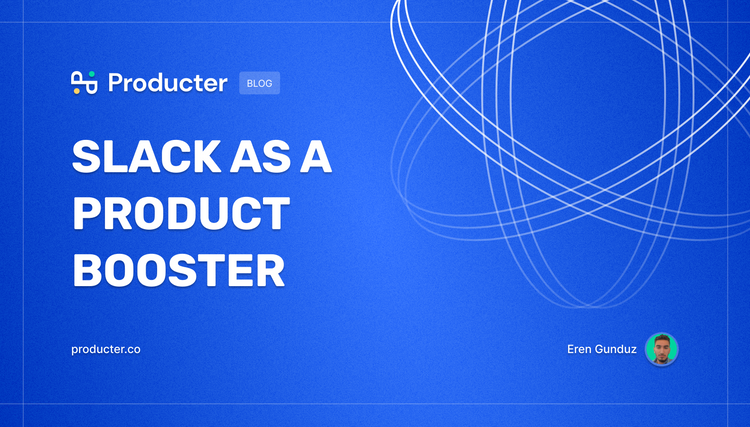A product backlog is a prioritized list of features, bugs, technical studies, and research required to reach the desired stage in the product and meet the desired capabilities. Your backlog is one of the most critical players in your product roadmap.
What is Backlog Management
This list includes all features, feature changes, user stories, bug fixes, non-functional requirements, enablers, and other activities that need action. This represents the work that the Product Owner believes needs to be completed in the upcoming sprints. Meanwhile, activities for the current sprint should be placed on the Sprint Backlog.

The backlog contains all the features, changes to be made to the product, bugs, improvements that need to be fixed, and other things that need action on the product. This represents the people of the Product to see ahead for upcoming sprints and what needs to be completed in the product. But there is one thing that should not be skipped here, which is that the tasks in the current sprints should be in the current sprint status lists, not in the backlog.
You should use product management applications such as producter to monitor the progress of tasks related to your product. In this way, you can track and manage the development of your product using columns such as To Do, In Progress or Completed.
How Does a Product Backlog Differ From a To-Do List
If we need to think of the backlog as a simple to-do list, we can think of it as the to-do column on our kanban boards. But it can only be compared with this column. Because to-dol lists are for one-way job tracking, regardless of a time or process.
But in the backlog, tasks that need to be done within a certain time frame, such as a sprint, are kept. The sharpest divisions also appear here, the backlog does not list the final tasks. Backlog is subject to change. It has its own scores and metrics.
Also, to-do list items tend to be completed in slightly shorter timeframes. But the backlog also contains what needs to be done on more than one sprint and is included in the sprints when the time comes.
Why Backlog Management is Important
The product backlog shows the true value of an action plan when it comes to implementation. Besides giving lots of ideas on what the product development process should look like, the backlog saves time during the day by helping you organize all your tasks and prioritize them before you start.
Keeping your team's backlog well prioritized ensures clear focus, streamlines workflow, and helps you deliver effective products that delight customers.
How Should You Manage a Backlog Effectively
💫 Start By Examining What Types Of Problems You're Working With
To facilitate this list of problems and to-dos, it is helpful to group and identify common feedback that you have created or that users have created. Here you can use a tool to collect feedback. For example, in Producter, feedback can be received from 4 different channels. Your feedback management will strengthen you and your backlog.
Feedback is the breakfast of champions - Ken Blanchard
With this feedback management, it helps to standardize the tasks according to their status. Also, discuss how you set the priority for each of these Tasks. What does low, medium, high mean? For example: High priority is used only when a customer is blocked from using the product or when you receive widespread negative feedback about a feature.

Ways to effectively manage backlogs
Do the preparatory work
Define and validate the product strategy before you begin managing the product backlog.
Correct focus
Keep your backlog focused on the upcoming release as it is a strategy tool that explains all the product details, epics and user stories that need to be implemented.
Keep your to-do list manageable
As a product manager or product owner, you must decide what not to do to maximize results by minimizing output.
Implement the product roadmap
Complete the backlog with a smart roadmap that shows the overall path you want your product to take. In a way, it is the foundation of successful savings management.
Partner
Collaboration between the product manager and the development team is an important aspect of stack management. Include your team members in backlog discussions.
Share backlog with stakeholders
It is not necessary to hide the build-up deeply. Be transparent to stakeholders so they can check the status quo and provide useful feedback.
Be proactive and fix
Your Product Backlog will look good if you regularly edit and refine it in collaboration with the development team.
See beyond user stories
User stories are important and absolutely necessary, but often not enough.
Review your route regularly
Check and adjust. If you work in Agile, there may be changes. Periodically review and update your product roadmap every 3 weeks to 3 months.
Prioritize your backlog
Comparing the value and effort of each task will help you better prioritize and select the most important tasks for improvement.
The value rating will show the business value the feature can bring to your product or business. Effort measures the resources required to complete the task.
Producter is a product management tool designed to become customer-driven.
It helps you collect feedback, manage tasks, sharing product updates, creating product docs, and tracking roadmap.






